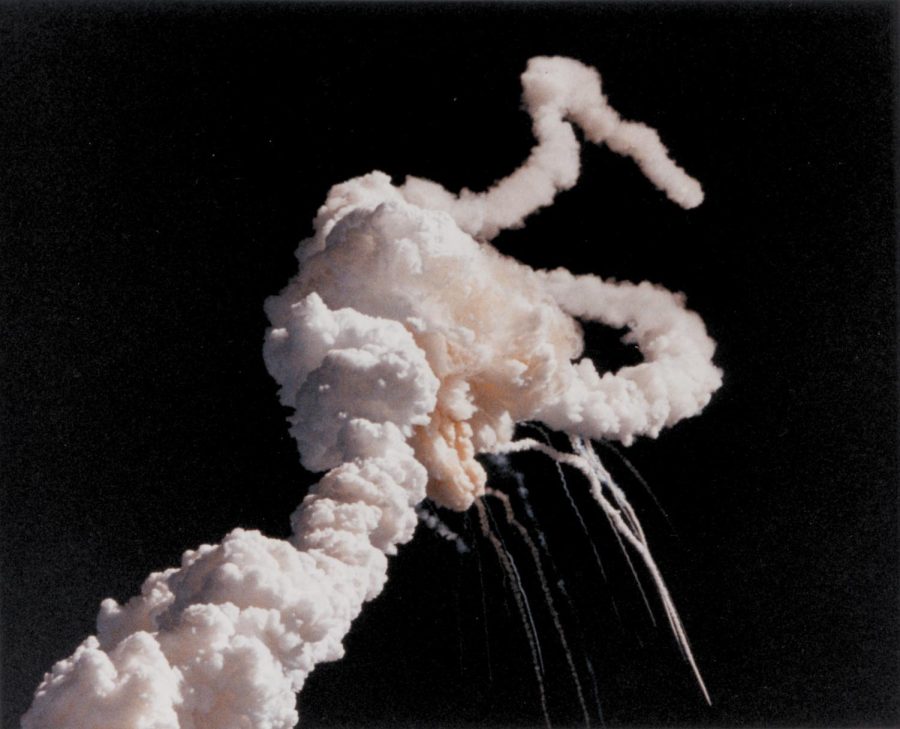Space Shuttle Challenger Disaster
How the Challenger explosion happened, and how it could have been prevented
On January 28, 1986, the space shuttle Challenger took off from Kennedy Space Center in Florida, carrying a crew of seven astronauts on a mission to deploy a satellite, and to do experiments. Millions of people around the world watched the launch live on television, including many schoolchildren who were excited to see teacher Christa McAuliffe on board as the first private citizen in space.
However, just 73 seconds into the flight, disaster struck. A seal on one of the shuttle’s SBR (solid rocket boosters) failed which caused a leak within the SB the exR resulting in the explosion of the shuttle’s main fuel tank. The Challenger and its crew were destroyed in the resulting explosion, devastating the nation.
The investigation into the disaster revealed that the faulty O-ring seal on the SRB had been caused by a combination of cold weather and a design flaw in the seal. NASA had been aware of the potential problems with the O-ring seals, but didn’t mention it. The accident also exposed serious flaws in NASA’s decision-making and management processes, as well as a lack of communication and coordination among different departments within the agency.
The loss of the Challenger and its crew was a tragic reminder of the dangers of space exploration and the need for extra safety standards. In response to the disaster, NASA suspended the space shuttle program for two-and-a-half years while the cause of the accident was investigated and steps were taken to prevent future disasters.
The space shuttle program eventually resumed, but the Challenger disaster had a lasting impact on the agency and the nation. It led to significant reforms within NASA, including improvements to the design and safety of the space shuttle and changes to the agency’s decision-making and management processes.
In the years since the disaster, the families of the Challenger crew have worked to keep their loved ones’ memories alive and to honor their sacrifice. The crew members have been memorialized in various ways, including the naming of schools, streets, and scholarships after them.
The Challenger disaster was a tragic event that shocked the nation. It served as a reminder of the dangers of space exploration and the need for extra safety standards. The loss of the Challenger and its crew will always be remembered as a defining moment in the history of space travel.
Related Stories:
https://www.history.com/this-day-in-history/challenger-explodes
https://www.nasa.gov/feature/nasa-views-images-confirms-discovery-of-shuttle-challenger-artifact
https://www.britannica.com/event/Challenger-disaster
Take Action:
- Go to a space museum











